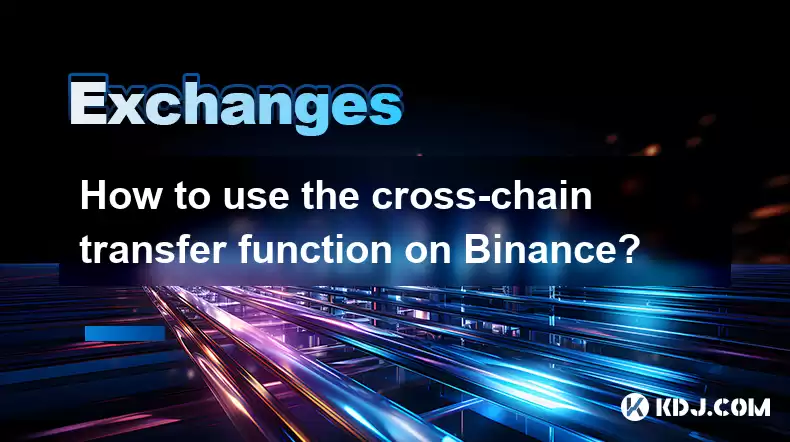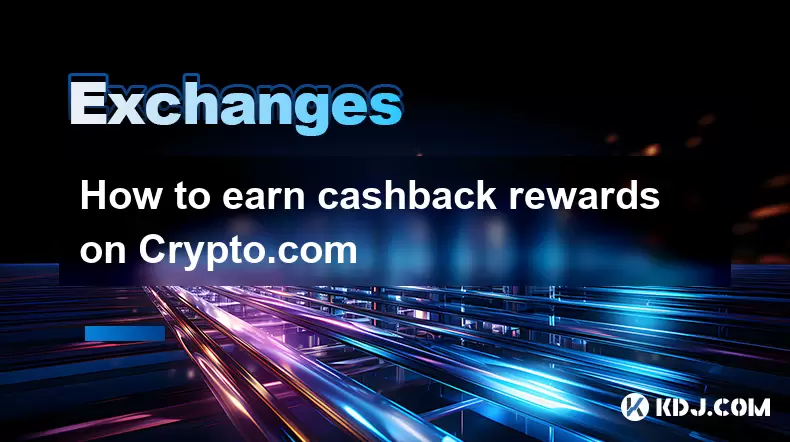-
 Bitcoin
Bitcoin $117700
-1.00% -
 Ethereum
Ethereum $4458
-3.91% -
 XRP
XRP $3.119
0.14% -
 Tether USDt
Tether USDt $1.001
-0.02% -
 BNB
BNB $836.6
-1.56% -
 Solana
Solana $189.5
-3.90% -
 USDC
USDC $0.9998
-0.02% -
 Dogecoin
Dogecoin $0.2335
1.29% -
 Cardano
Cardano $0.9642
1.51% -
 TRON
TRON $0.3539
-1.19% -
 Hyperliquid
Hyperliquid $47.41
-1.84% -
 Chainlink
Chainlink $21.92
-3.28% -
 Stellar
Stellar $0.4286
-0.23% -
 Sui
Sui $3.724
-3.29% -
 Bitcoin Cash
Bitcoin Cash $594.8
-0.78% -
 Ethena USDe
Ethena USDe $1.001
0.04% -
 Hedera
Hedera $0.2501
-2.06% -
 Avalanche
Avalanche $23.96
-4.87% -
 Litecoin
Litecoin $119.0
-2.32% -
 Toncoin
Toncoin $3.473
0.82% -
 UNUS SED LEO
UNUS SED LEO $9.596
0.17% -
 Shiba Inu
Shiba Inu $0.00001301
-0.39% -
 Uniswap
Uniswap $11.03
-0.25% -
 Polkadot
Polkadot $3.935
-2.62% -
 Dai
Dai $1.000
0.01% -
 Bitget Token
Bitget Token $4.564
-1.76% -
 Cronos
Cronos $0.1512
-4.11% -
 Ethena
Ethena $0.7306
-1.09% -
 Pepe
Pepe $0.00001087
-2.68% -
 Aave
Aave $300.2
-4.00%
How to use the cross-chain transfer function on Binance?
Binance's cross-chain transfers let users move crypto between blockchains directly, requiring source/destination selection, amount entry, and careful verification before confirmation. Fees and transfer times vary; check transaction status and contact support for issues.
Mar 14, 2025 at 03:45 pm

Key Points:
- Binance's cross-chain transfer function allows users to move cryptocurrencies between different blockchains directly within the Binance ecosystem.
- The process involves selecting the source and destination chains, entering the amount, and confirming the transaction.
- Security is paramount; users should double-check all details before initiating a transfer. Fees vary depending on the blockchain and network congestion.
- Understanding the limitations of each blockchain is crucial for successful cross-chain transfers. Binance provides resources to help users understand these limitations.
- Troubleshooting common issues involves checking transaction status, verifying addresses, and contacting Binance support.
How to Use the Cross-Chain Transfer Function on Binance?
Binance, one of the world's largest cryptocurrency exchanges, offers a convenient cross-chain transfer function. This feature allows users to seamlessly move cryptocurrencies between various supported blockchains, eliminating the need for external platforms or complex processes. This guide details how to effectively use this functionality.
First, you need a Binance account. If you don't already have one, sign up and complete the necessary verification steps. This is crucial for security and to access all platform features. Ensure your account is funded with the cryptocurrency you wish to transfer.
Next, navigate to the "Cross-Chain Transfer" section within your Binance account. The exact location may vary slightly depending on the platform's interface, but it's typically easily accessible from the main menu. Familiarize yourself with the interface before proceeding.
To initiate a transfer, you'll need to select the source and destination blockchains. Binance supports a wide array of networks, including but not limited to Bitcoin (BTC), Ethereum (ETH), Binance Smart Chain (BSC), and many others. Carefully select the correct chains to avoid sending funds to the wrong network.
After selecting the chains, specify the cryptocurrency you wish to transfer. Enter the amount you want to send. Binance will display the expected fees associated with the transaction. These fees can vary based on network congestion and the specific blockchain.
Double-check all the details before confirming the transfer. Verify the source and destination addresses, the amount, and the chosen blockchain networks. Incorrect information can lead to irreversible loss of funds. Take your time and review everything carefully.
Once you've confirmed the details, authorize the transaction. Binance will guide you through the final confirmation steps, which might involve additional security measures like two-factor authentication (2FA). After authorization, the transfer will begin processing.
The transfer time varies depending on the blockchains involved and network congestion. You can monitor the transaction's progress within your Binance account. Binance provides a transaction ID that you can use to track the status of your transfer. It's important to be patient and allow sufficient time for the transaction to complete.
While Binance strives for seamless transfers, occasional issues might arise. Understanding potential problems and how to address them is crucial. For instance, network congestion can delay transactions. Incorrectly entered addresses will prevent successful transfers.
Common Questions and Answers:
Q: What happens if I enter the wrong recipient address?
A: Sending cryptocurrency to the wrong address is irreversible. Double and triple check your recipient address before confirming any transfer. Binance cannot recover funds sent to incorrect addresses.
Q: What are the fees associated with cross-chain transfers?
A: Fees vary depending on the specific blockchains involved, the amount transferred, and network congestion. Binance displays the estimated fees before you confirm the transaction.
Q: How long does a cross-chain transfer take?
A: Transfer times vary significantly based on network conditions. Some transfers might complete within minutes, while others may take hours or even longer, especially during periods of high network congestion.
Q: What cryptocurrencies are supported for cross-chain transfers?
A: Binance supports a wide range of cryptocurrencies for cross-chain transfers. The supported list is constantly updated, so it's best to check the Binance website for the most current information.
Q: What should I do if my cross-chain transfer is stuck or failed?
A: First, check the transaction status within your Binance account. If it's still pending, be patient and allow sufficient time. If it shows as failed, contact Binance customer support immediately for assistance. Provide them with your transaction ID.
Q: Is it safe to use Binance's cross-chain transfer function?
A: Binance employs robust security measures to protect user funds. However, it's crucial to follow best practices, such as using strong passwords, enabling 2FA, and carefully verifying all details before initiating a transfer.
Q: Can I transfer any amount of cryptocurrency using the cross-chain function?
A: There might be minimum and maximum transfer limits depending on the cryptocurrency and the blockchain networks involved. Check the specific requirements before attempting a transfer.
Q: What if I don't see the cross-chain transfer option on my Binance account?
A: Ensure your Binance account is fully verified and that you're using the latest version of the Binance app or website. If the option is still unavailable, contact Binance support for assistance. They can help determine if your account is eligible for this feature.
Disclaimer:info@kdj.com
The information provided is not trading advice. kdj.com does not assume any responsibility for any investments made based on the information provided in this article. Cryptocurrencies are highly volatile and it is highly recommended that you invest with caution after thorough research!
If you believe that the content used on this website infringes your copyright, please contact us immediately (info@kdj.com) and we will delete it promptly.
- Kazakhstan's Crypto Leap: Bitcoin ETF and Central Asia's Digital Finance Future
- 2025-08-13 12:45:19
- BlockDAG Presale Blazes Past $371M: Fundraising Frenzy Fuels Crypto Sensation
- 2025-08-13 13:05:21
- Meme Coins: Chasing the 2025 Surge – Which Will Moonshot?
- 2025-08-13 10:25:23
- Bitcoin's Wild Ride: Rally, Pullback, and What's Next
- 2025-08-13 10:25:23
- Bitcoin, Bitmax, and Institutional Demand: A New Era of Crypto Investment
- 2025-08-13 10:45:12
- Solana, ROAM, and Airdrops: What's the Buzz in 2025?
- 2025-08-13 11:35:13
Related knowledge

How to use margin trading on Poloniex
Aug 08,2025 at 09:50am
Understanding Margin Trading on Poloniex

How to read the order book on KuCoin
Aug 10,2025 at 03:21pm
Understanding the Order Book Interface on KuCoinWhen accessing the order book on KuCoin, users are presented with a real-time display of buy and sell ...

How to read the order book on KuCoin
Aug 12,2025 at 02:28am
Understanding the Basics of Staking in CryptocurrencyStaking is a fundamental concept in the world of blockchain and cryptocurrencies, particularly wi...

How to set price alerts on Kraken
Aug 11,2025 at 08:49pm
Understanding Price Alerts on KrakenPrice alerts on Kraken are tools that allow traders to monitor specific cryptocurrency pairs for price movements. ...

How to avoid high gas fees on Uniswap
Aug 13,2025 at 11:35am
Understanding Gas Fees on UniswapGas fees on Uniswap are payments made to Ethereum miners or validators for processing transactions on the blockchain....

How to earn cashback rewards on Crypto.com
Aug 12,2025 at 02:08am
Understanding Cashback Rewards on Crypto.comCashback rewards on Crypto.com are a feature designed to incentivize users to spend using their Crypto.com...

How to use margin trading on Poloniex
Aug 08,2025 at 09:50am
Understanding Margin Trading on Poloniex

How to read the order book on KuCoin
Aug 10,2025 at 03:21pm
Understanding the Order Book Interface on KuCoinWhen accessing the order book on KuCoin, users are presented with a real-time display of buy and sell ...

How to read the order book on KuCoin
Aug 12,2025 at 02:28am
Understanding the Basics of Staking in CryptocurrencyStaking is a fundamental concept in the world of blockchain and cryptocurrencies, particularly wi...

How to set price alerts on Kraken
Aug 11,2025 at 08:49pm
Understanding Price Alerts on KrakenPrice alerts on Kraken are tools that allow traders to monitor specific cryptocurrency pairs for price movements. ...

How to avoid high gas fees on Uniswap
Aug 13,2025 at 11:35am
Understanding Gas Fees on UniswapGas fees on Uniswap are payments made to Ethereum miners or validators for processing transactions on the blockchain....

How to earn cashback rewards on Crypto.com
Aug 12,2025 at 02:08am
Understanding Cashback Rewards on Crypto.comCashback rewards on Crypto.com are a feature designed to incentivize users to spend using their Crypto.com...
See all articles

























































































